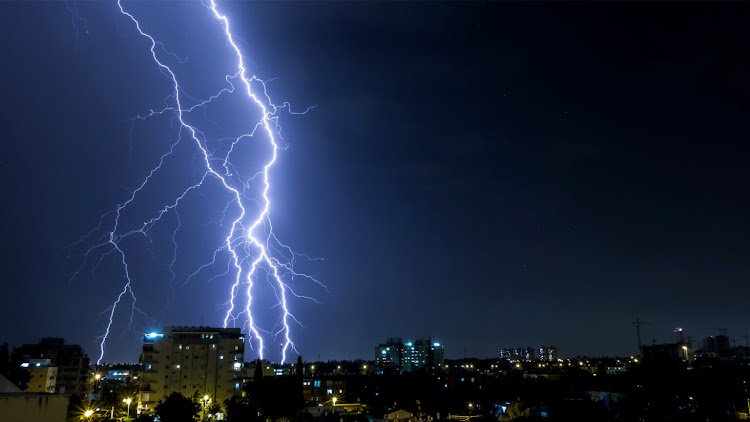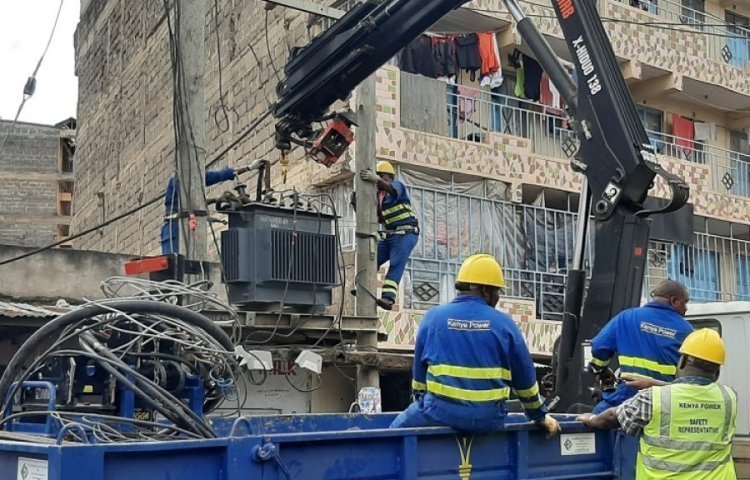How Rains Trigger Power Blackouts- Kenya Power CEO
Siror was addressing concerns raised by Kenyans who discovered over the years that at the onset of rains, several areas experience power blackouts

Kenya Power Chief Executive Officer (CEO) Joseph Siror on Tuesday, October 17 attributed the rainy seasons to the cause of frequent power blackouts Kenyans have been subjected to annually.
Speaking during an interview with Citizen TV, Siror explained that heavy rains for instance are likely to cause disturbances on power distribution lines, leading to short circuits.
In its purest form, water is an electrical insulator, meaning, it shouldn't be able to conduct electricity or allow current to flow through it. The danger lies with the components dissolved in water, specifically its ions.
Furthermore, short circuits may result from stormy rains swaying trees or power lines, bringing them into contact.

Image of a lightning strike. /UNSPLASH
"When it rains heavily, it can cause trees to fall on the line, and it causes a short circuit, thereby causing a disturbance on the network," Siror explained.
"Sometimes rains are accompanied by strong winds which affect the conductors and cause a disturbance."
The CEO further noted that strong surface runoff water can also destabilise power poles during heavy rainfall.
Furthermore, Siror indicated that lightning plays a part in triggering short circuits as the power lines have no option but to accept the overwhelmingly excessive current which creates a massive spike, therefore creating a power surge.
"Rain does a number of things. There is the aspect of lightning which is part of the factors but in certain installations like the poles and towers we have a situation where during heavy rains, some of them are washed away," he added.
Siror was addressing concerns raised by Kenyans who discovered over the years that at the onset of rains, several areas experience power blackouts, some of which last longer than the rainy period. So dire is the situation that it is predictable.
He also addressed concerns of the Western region being constantly thrown into darkness, rains or not. The Western part of Kenya includes the Nyanza region and the former Western Province.
Siror attributed the blackouts in the Western region to constraints in the transmission network, stating "As an assurance to those groups of people and generally residents of this country, Last week the cabinet approved Ksh16 billion which, part of the money, will be used to address such challenges."
"When having long lines, serving a particular part of a country is prone to challenges."
On power challenges facing parts of Kisii and Luo Nyanza, Siror revealed that the main problem facing that area is that the link between Muhoroni and Chemosit is constrained in capacity, thus the transmission link is unable to evacuate all the power that is needed in that part of the country.
To address the situation, Siror said they will reduce the long lines that supply power to those regions from the source, adding that the parastatal goes out of its way to serve its 9.2 million customers well but because of challenges beyond its control, some areas experience power outages.
"Many challenges have risen out of the government's bid to expand. Ten years ago we had two million customers, now we have 9.2 million customers.
"When you have such a vast network, you are likely to face challenges," Siror said.

Kenya Power engineers at work on a transformer. /FILE






